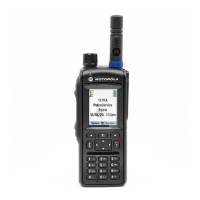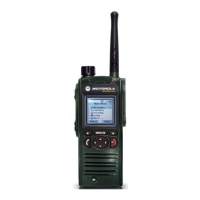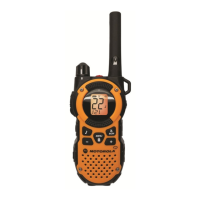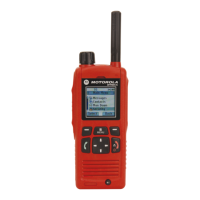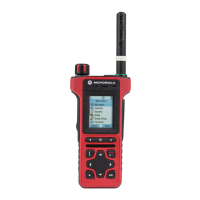Call-Out Modes Interaction
Call-Out feature operation is different in other modes:
• TXI Mode — you can read the message but you cannot respond to it. You have an option to leave the TXI Mode
by pressing soft key or reject the Call-Out message.
• DMO Mode — Call-Out is not supported.
• Emergency Mode — all Call-out alerts are ignored.
Call-Out Service Phases
In the Call-Out mode there are following phases:
• Alerting phase — receives a Call-Out message. The alarm tone indicates the message. Text is displayed and you
have following options to use: Accept, Reject or MENU. If you accept the alert, no other service from this point
can interrupt.
Note: You can stop the alert tone by pressing PTT or any of the soft keys.
• Information phase — you are still in the Call-Out mode and you can receive more detailed information about the
incident that occurred through subsequent text or the voice message. You can query for more information using
voice group call or Call-Out text function which enables you to send a text message. You can always respond and
send back the text or the voice message using voice group call.
Voice Operating Transmission (VOX) Control
Voice Operating Transmission (VOX) Control feature allows you to transmit voice in a hands-free condition. If this
feature is enabled and the loud speaker is turned on, your radio activates the microphone when you speak and
deactivates it when you are silent. It is used during either a Duplex Private Call or a Phone Call, when a currently
connected and active accessories are not Full Duplex capable.
An external speaker is turned on with a fist microphone activated.
102 | Features
Send Feedback | |

